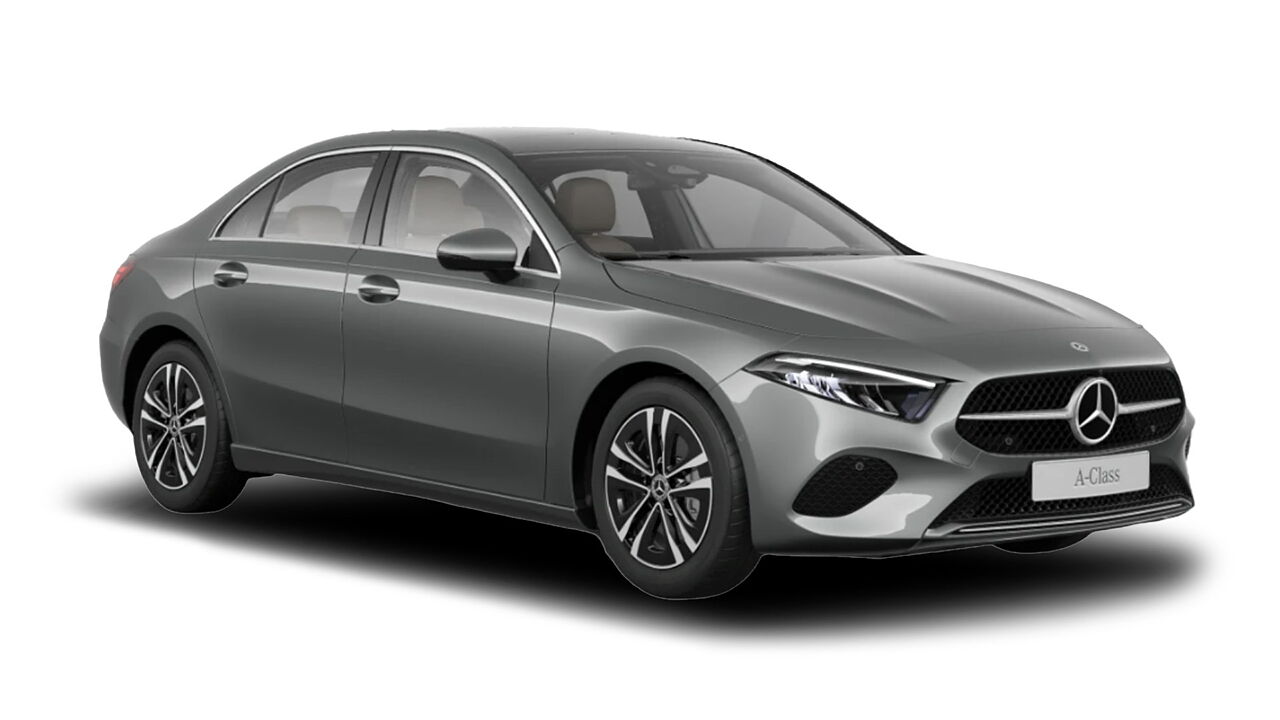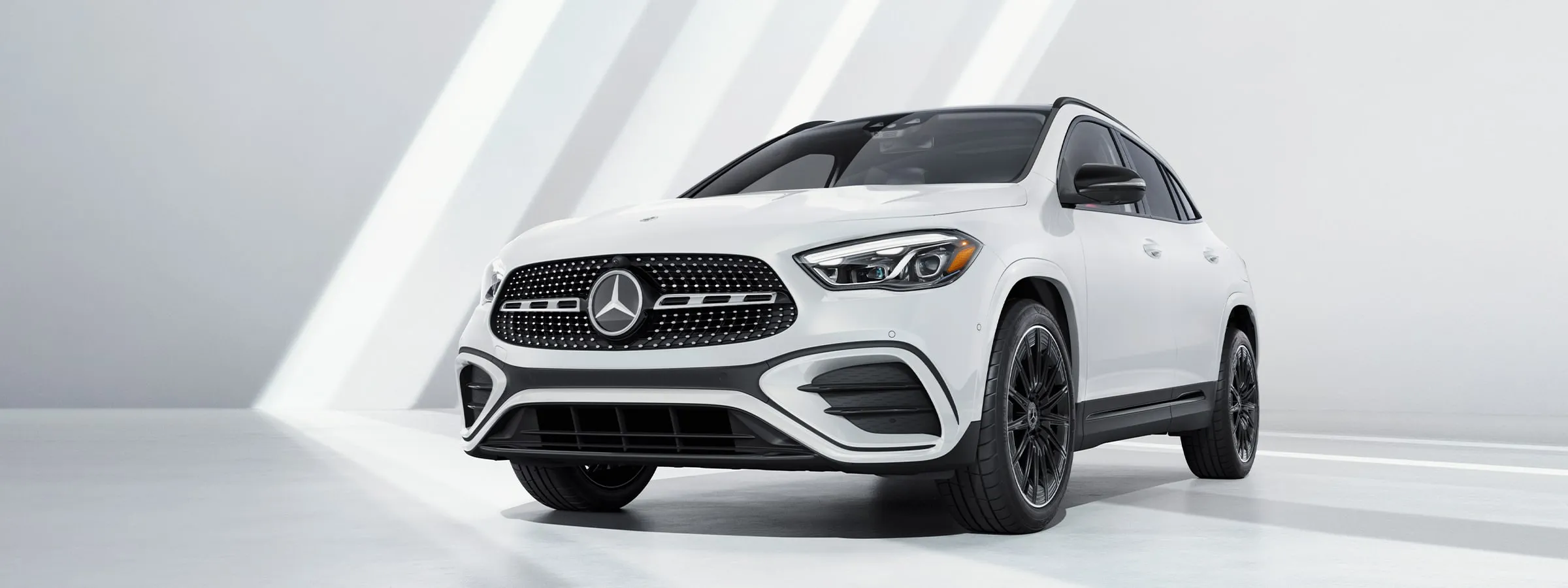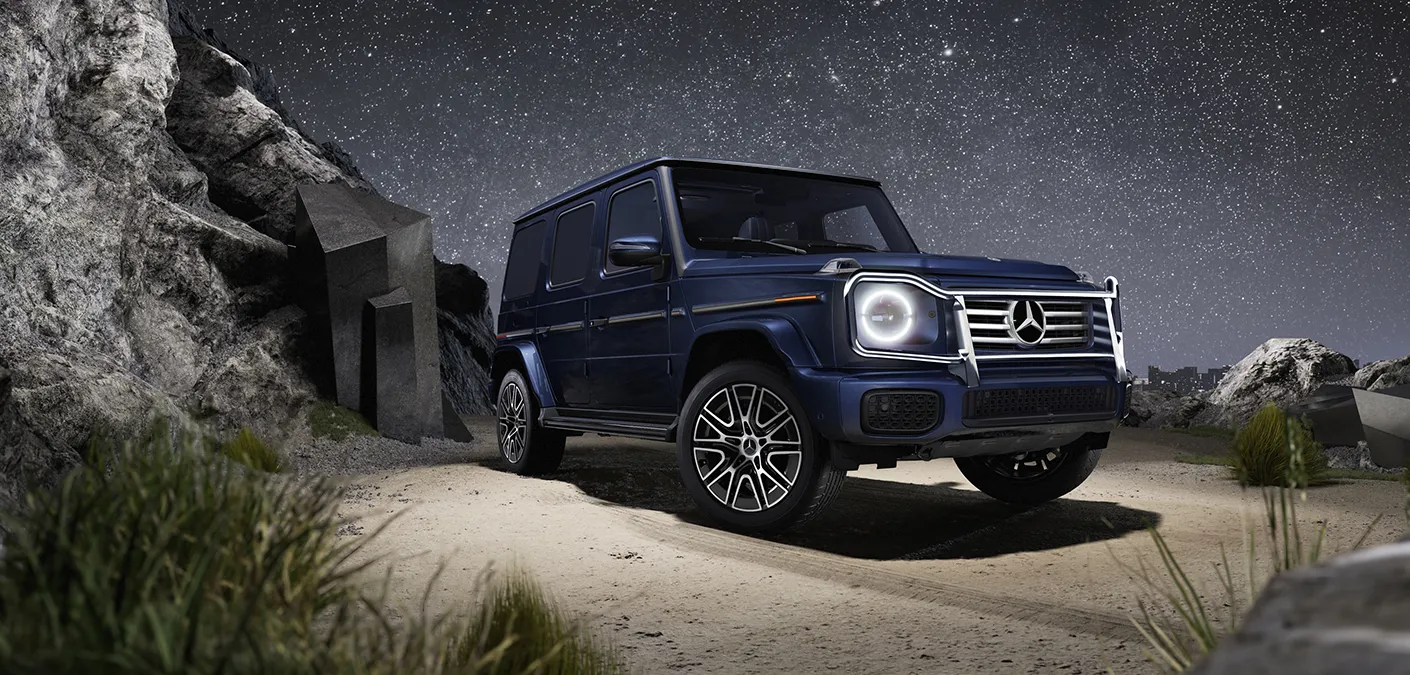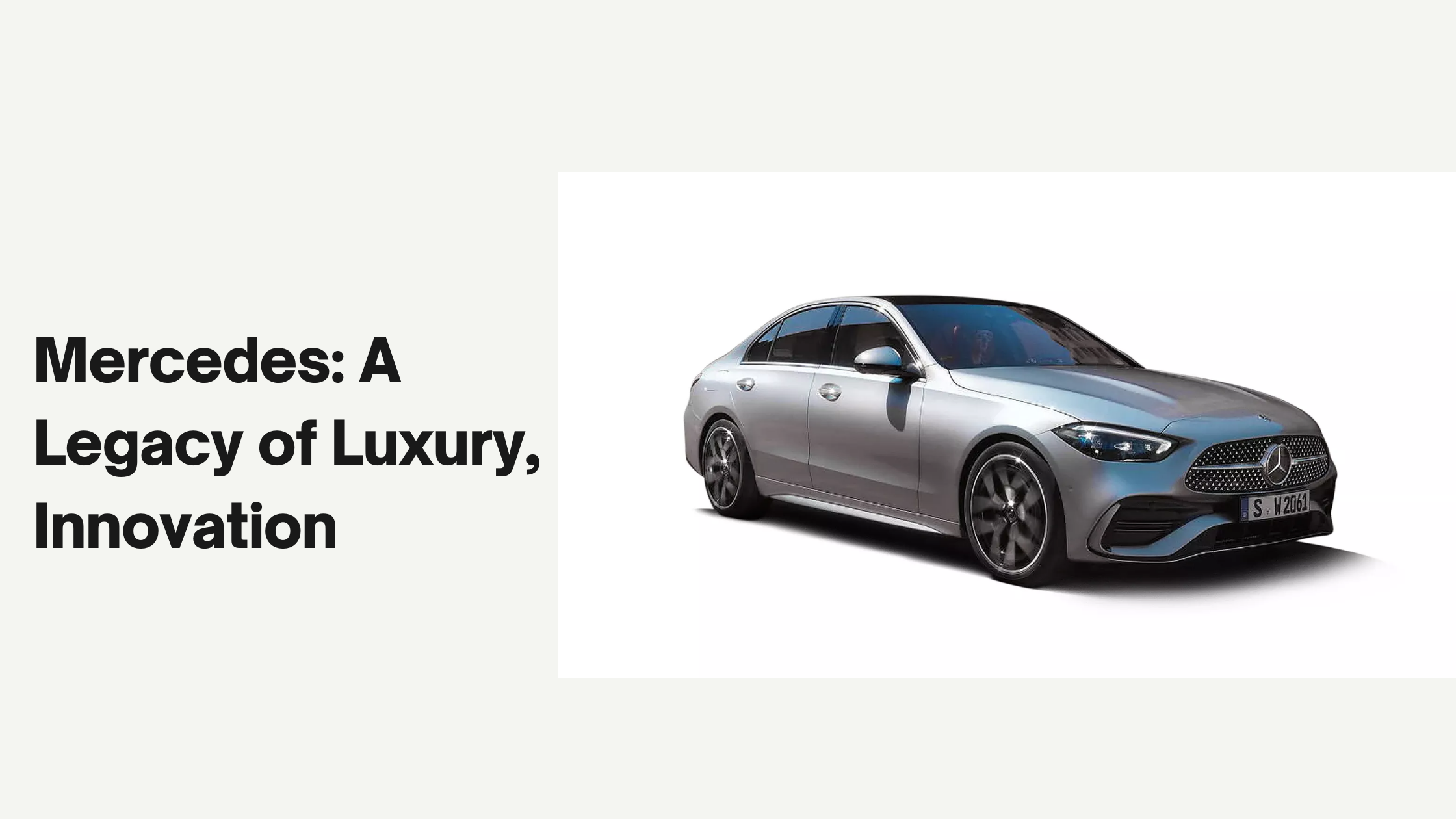Mercedes-Benz, a name synonymous with elegance, quality, and cutting-edge technology, has established itself as a leader in the automotive industry. Known for its luxurious vehicles, innovative engineering, and long history of success, Mercedes-Benz remains one of the most revered car manufacturers in the world. This article takes a closer look at the origins, growth, key milestones, and future of Mercedes-Benz, a brand that has redefined luxury and performance for over a century.
The Origins of Mercedes

The roots of Mercedes-Benz trace back to the late 19th century, where two German pioneers, Karl Benz and Gottlieb Daimler, laid the foundations of the automobile industry. Their combined work, starting with the creation of the first motorized vehicle, set the stage for what would later become Mercedes-Benz.
1. The First Car – Benz Patent Motorcar (1885-1886)
Karl Benz is credited with building the world’s first practical motor vehicle, the Benz Patent Motorcar, in 1885 or 1886. It was powered by a single-cylinder, four-stroke engine and was the first car to use gasoline as fuel, making it the world’s first automobile. The Benz Patent Motorcar marked the beginning of the automotive revolution, changing transportation forever.
2. The Merger of Daimler-Motoren-Gesellschaft and Benz & Cie (1926)
In 1926, two automotive giants—Daimler-Motoren-Gesellschaft (DMG) and Benz & Cie—merged to form Daimler-Benz. This union combined the visionary work of both Gottlieb Daimler and Karl Benz, resulting in the creation of the Mercedes-Benz brand. The merger solidified their position as pioneers in the car manufacturing industry and laid the foundation for future innovations.
The Mercedes Emblem

The iconic three-pointed star of Mercedes-Benz is one of the most recognized symbols in the automotive world. The emblem, created by Gottlieb Daimler, is a representation of the company’s ambition to dominate land, sea, and air. The three points of the star symbolize the brand’s engines powering automobiles, trucks, planes, and boats, showcasing its versatility and far-reaching influence.
- Symbol: Three-Pointed Star
- Meaning: Land, Air, Sea
- Circle Surrounding Star: Worldwide Reach
Key Milestones in Mercedes History

Mercedes-Benz has been a driving force in automotive innovation, introducing numerous groundbreaking technologies throughout its history. Below are some of the significant milestones that have shaped the brand:
1930s: First Diesel-Powered Car
Mercedes-Benz introduced the world’s first diesel-powered passenger car in the 1930s, setting the stage for a future focused on fuel efficiency and environmental consciousness.
1950s: Fuel Injection Technology
In the 1950s, Mercedes-Benz incorporated a new fuel injection technology, improving engine efficiency and performance. This development marked a major advancement in automotive engineering.
1970s: Anti-Lock Braking System (ABS)
Mercedes-Benz pioneered the anti-lock braking system (ABS) in the 1970s, revolutionizing vehicle safety. This technology prevents wheels from locking up during hard braking, significantly improving control and reducing the risk of accidents.
1990s: S-Class and Safety Innovations
In the 1990s, the launch of the S-Class introduced state-of-the-art safety technologies, including airbags, traction control, and stability management systems. The S-Class became a symbol of automotive luxury and technological advancement.
Mercedes Today

Today, Mercedes-Benz is part of the Mercedes-Benz Group, headquartered in Stuttgart, Germany. The company is one of the largest and most successful car manufacturers in the world, offering a wide range of vehicles from luxury sedans to high-performance sports cars. Mercedes-Benz’s commitment to quality, innovation, and luxury continues to drive its success in the global market.
Current Mercedes-Benz Models
Mercedes-Benz offers a diverse lineup of vehicles designed to cater to various tastes and needs. Whether you are looking for a compact executive sedan or a full-size luxury SUV, Mercedes-Benz has a model to suit your preferences. Below are some of the current Mercedes-Benz models:
| Model Series | Category | Body Styles |
| A-Class | Subcompact Executive | Hatchback, Sedan |
| C-Class | Compact Executive | Sedan, Estate, Coupe, Cabriolet |
| E-Class | Executive | Sedan, Estate, Coupe, Cabriolet |
| S-Class | Luxury Sedan | Sedan, Coupe, Cabriolet |
| G-Class | Luxury Off-road | SUV |
| GLA | Subcompact Luxury SUV | Crossover SUV |
| GLB | Compact Luxury SUV | Crossover SUV |
| GLC | Mid-size Luxury SUV | Crossover SUV |
| GLE | Mid-size Luxury SUV | SUV |
| GLE Coupe | Mid-size Luxury SUV Coupe | Coupe SUV |
| GLS | Full-size Luxury SUV | SUV |
| AMG GT | High-performance Sports | Coupe, Roadster |
| AMG SL | Performance Roadster | Roadster |
| EQS | Electric Luxury Sedan | Sedan |
Mercedes-Benz Electric Vehicles

As part of its commitment to sustainability, Mercedes-Benz has introduced the Mercedes-EQ line, a series of fully electric vehicles designed to provide high-performance driving experiences while reducing the brand’s carbon footprint. The EQ lineup includes several models, each showcasing Mercedes-Benz’s dedication to innovation and environmental responsibility.
| Model | Category | Body Styles |
| EQA | Electric Compact SUV | Crossover SUV |
| EQB | Electric Compact SUV | Crossover SUV |
| EQC | Electric Mid-size SUV | Crossover SUV |
| EQE | Electric Executive Sedan | Sedan |
| EQS | Electric Luxury Sedan | Sedan |
| EQT | Electric Compact MPV | MPV |
| EQV | Electric Large MPV | MPV |
Mercedes-Benz Vans and Trucks

In addition to its passenger vehicles, Mercedes-Benz is a leader in the commercial vehicle sector. The company manufactures a variety of vans and trucks, offering solutions for businesses and commercial enterprises worldwide.
Mercedes-Benz Vans
- Vito: A versatile van available in various sizes and configurations, suitable for both passenger and cargo transport.
- Citan: A compact van designed for urban environments, ideal for city delivery.
- Sprinter: A large van used for both people and cargo transport, favored by businesses requiring significant load capacity.
Mercedes-Benz Trucks
Mercedes-Benz trucks are used in a wide range of applications, from intercity delivery to heavy-duty transportation. The company produces long-haul trucks, city trucks, and specialized vehicles tailored to meet the needs of different industries.
Mercedes-Benz Buses
Mercedes-Benz is also renowned for its buses and coaches, used in public transport systems across the globe. The company’s buses are known for their reliability, comfort, and innovative design.
Innovation and Future Trends

Mercedes-Benz continues to push the boundaries of automotive technology, focusing on several key areas for future development:
- Autonomous Driving: Mercedes-Benz is investing heavily in autonomous driving technologies, with the goal of redefining mobility and improving road safety.
- MBUX (Mercedes-Benz User Experience): The MBUX system is an advanced infotainment and control platform featuring voice commands, augmented reality navigation, and artificial intelligence.
- Sustainability: Mercedes-Benz aims to achieve carbon neutrality by 2039, with an emphasis on electric mobility and eco-friendly production processes.
The Global Exposition of Mercedes-Benz
Mercedes-Benz has a vast global presence, with production facilities in Germany, the USA, China, and India. The company’s vehicles are available in over 130 countries, making it one of the most recognized and influential car manufacturers worldwide.
Conclusion
Mercedes-Benz is more than just a car manufacturer—it is a symbol of luxury, performance, and innovation. From the Benz Patent Motorcar to the development of electric vehicles and autonomous driving technologies, Mercedes-Benz continues to lead the way in the automotive industry. The brand’s commitment to excellence, combined with its rich history and dedication to the future, ensures that Mercedes-Benz will remain a global icon for years to come.
Burna Boy Net Worth: A Deep Dive into His Life, Career, and Success
FAQs
- What is Mercedes-Benz known for?
Mercedes-Benz is known for producing luxury vehicles, advanced technology, and innovations in safety and performance. - When was Mercedes-Benz founded?
Mercedes-Benz was officially founded on June 25, 1926, following the merger of Benz & Cie and Daimler-Motoren-Gesellschaft. - What does the Mercedes-Benz symbol represent?
The three-pointed star symbolizes land, air, and sea, representing the brand’s use of engines in cars, trucks, airplanes, and boats. - What types of vehicles does Mercedes-Benz produce?
Mercedes-Benz produces luxury sedans, SUVs, sports cars, electric vehicles, and commercial vans and trucks. - What is the EQ series from Mercedes-Benz?
The EQ series is Mercedes-Benz’s lineup of fully electric vehicles, including models like the EQS and EQC, designed for sustainability and performance.
